 So many of our fathers have passed on, but the lessons they taught remain ingrained. I have been blessed to be surrounded by good men from my husband who has been a wonderful father to our 2 children, to
So many of our fathers have passed on, but the lessons they taught remain ingrained. I have been blessed to be surrounded by good men from my husband who has been a wonderful father to our 2 children, to  my big brother, Doug, to my brothers- in- law, Cliff and Dick, to the first man I ever loved, my dad. Papa Mac was a father figure to so many students and athletes who traversed the halls of Sterling high School.He was hard working, loyal, a strong leader and a role model in his community.
my big brother, Doug, to my brothers- in- law, Cliff and Dick, to the first man I ever loved, my dad. Papa Mac was a father figure to so many students and athletes who traversed the halls of Sterling high School.He was hard working, loyal, a strong leader and a role model in his community.
My dad taught me to drive a car, shoot hoops, catch frogs, paddle a canoe, and swim laps. When I was just a hyperactive little kid, he tired of shooing me off the “dangerous” dock. Finally, he reasoned it would safer to teach me to swim than to keep track of my free spirited meanderings near the lake and in the woods.
He held my hand as I stepped off the sandy beach into the icy lake. Together we walked out over my head. While my dad’s strong arms held me afloat, I put my face in the water and blew bubbles. He taught me the crawl stroke, flutter kick and to cup my hands. “Reach forward, pull back.” He helped me master the trickiest part – how to breathe without swallowing half the lake.
Though I never had a near drowning experience, after a bad bike crash and later a debilitating car accident, I became trapped in a body that no longer worked quite right. My hoop dreams disintegrated. My aspirations of skiing down mountainsides and running marathons dissolved. I hung up my high tops, tennis racket, baseball glove; I set aside my football, basketball, volleyball.swimming saved my life
I was condemned to the pool where the buoyancy of the water kept me from further injuring my spine and joints. Early on, I became a has-been athlete plagued with bad feet, bad knees and a broken back. The scars of my past calamities never really left me; the sharp twinges and shooting, throbbing, stabbing aches remained.
 But weightless in water, I became pain free.
But weightless in water, I became pain free.
To an athlete being confined to a pool seemed like a death sentence. Yet, after every misfortune, I retreated to the healing waters. Swimming became my solace, my meditation, my prayer.
As a child I learned to swim at my grandparents Camp Ney-A-Ti on Summit Lake. In my teens, I swam through summers at the old Emerald Hill pool. In adulthood, when pregnant – and ordered to bed rest for 3 months to prevent premature births – I begged the doctor to let me swim. In a Parisian pool, I bonded with my unborn child, gliding in sync alongside the baby kicking inside me.
Over the years, I even saved a few lives as a lifeguard. And I once dragged the semi conscious high school quarterback from the pump room when he became asphyxiated from the chlorine. But the real hero of my swimming story was my dad. He taught me to believe that no matter how rough the seas or how high the waters, I would never sink.
With each stroke of my arm and kick of my leg,Dad thought he was showing me the frog kick, freestyle, and breaststroke, but really he was teaching me how to survive.
As a child, my dad let go, so I could take my first strokes solo. As an adult I swam from one side of the lake to the other.
But after my serious accident this past April I am not sure when I will able to swim again. And I won’t be swimming in my beloved Summit Lake this summer because of the coronavirus Europeans are not allowed to fly to the USA.
Everyday as I struggle in physical therapy to squeeze my hand, raise my left arm over my head and regain the use of the left side of my body, I think of my dad and repeat the mantra he ingrained through hours spent correcting my jump shot, tweaking my swim stroke “Never give up.”
Though separated by the pandemic and my health issues, I can’t visit my dad in person right now, I look forward to seeing him every night when I call on face time and he says.“I sure am proud of you sweetie.You are a real warrior.”
With a twinkle in his blue eyes, he ends every conversation by saying, “I think of you everyday and love you more each minute.”

Though many women will miss being with their daddies on this special day, may we all find comfort knowing a father’s love for a daughter lasts for eternity.
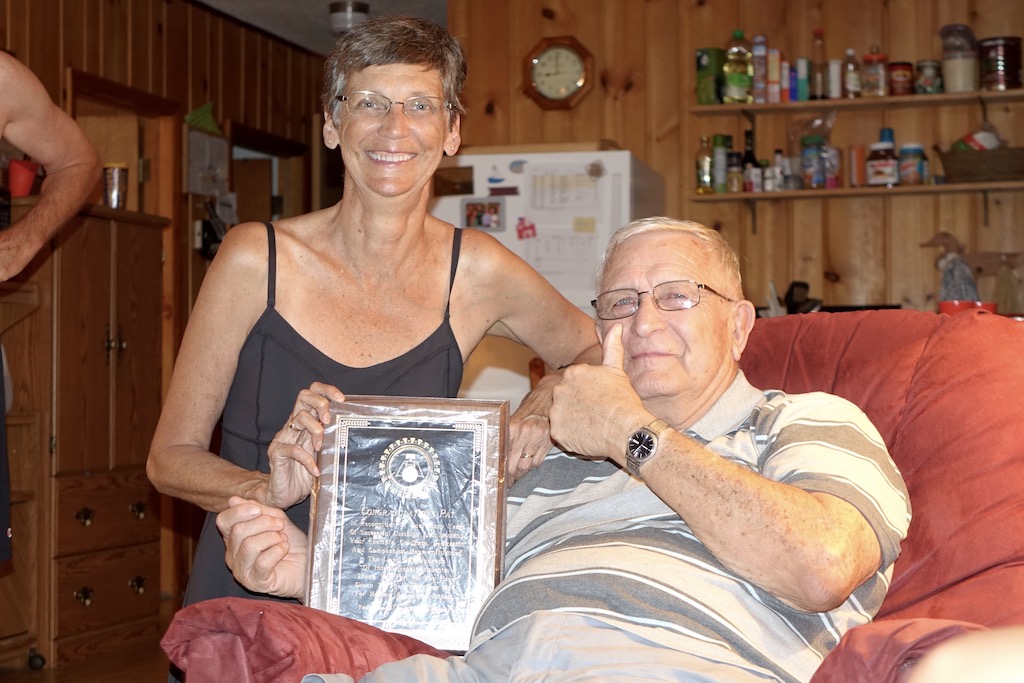
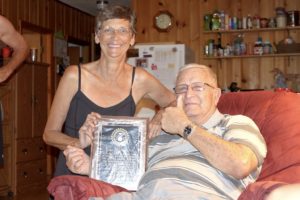
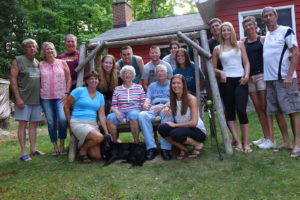






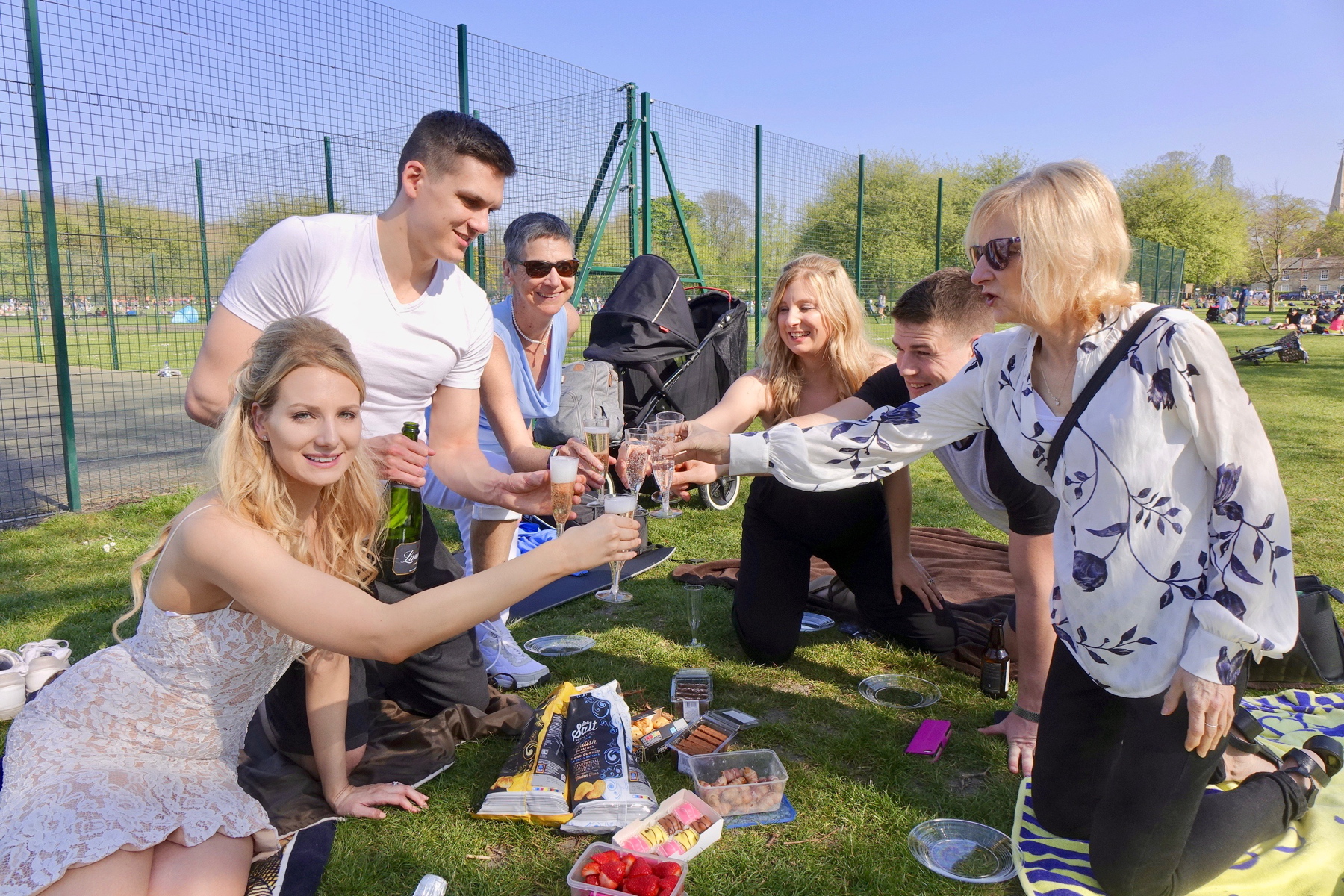
 When my son’s British fiancé told us we were celebrating their engagement by going punting in Cambridge, I imagined kicking the pigskin around a ballpark. But the English don’t play American football. Then I thought it must have something to do with rugby, as her brother-in-law is an avid rugby man.
When my son’s British fiancé told us we were celebrating their engagement by going punting in Cambridge, I imagined kicking the pigskin around a ballpark. But the English don’t play American football. Then I thought it must have something to do with rugby, as her brother-in-law is an avid rugby man. A person navigates by standing on the till (known as the deck) at the back, not paddling, but poling. It looks easy. It’s not. Imagine trying to propel a dozen hefty passengers forward by pushing off the river bottom with a pole vault stick.
A person navigates by standing on the till (known as the deck) at the back, not paddling, but poling. It looks easy. It’s not. Imagine trying to propel a dozen hefty passengers forward by pushing off the river bottom with a pole vault stick.
 “On your right is St. John’s,” our guide said, “one of the oldest and most celebrated colleges in Cambridge.”
“On your right is St. John’s,” our guide said, “one of the oldest and most celebrated colleges in Cambridge.”

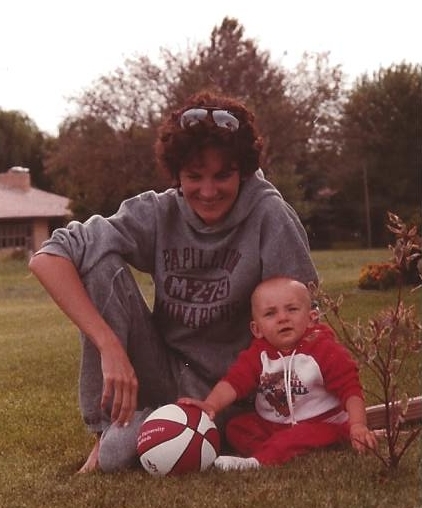
 Call me crazy, but I have always acted outside the box beginning in early childhood, when no one was going to tell me that I couldn’t throw a football, shoot a basket or run a mile. I was born with a feisty, can-do attitude that served me well in the face of naysayers.
Call me crazy, but I have always acted outside the box beginning in early childhood, when no one was going to tell me that I couldn’t throw a football, shoot a basket or run a mile. I was born with a feisty, can-do attitude that served me well in the face of naysayers. empty arenas.
empty arenas. Over the years, I witnessed their opportunities grow greater. I delighted in seeing my daughter and nieces play basketball, soccer, rugby, and run marathons. I took pride in watching my former athletes pursue careers as doctors, lawyers, counselors, and teachers.
Over the years, I witnessed their opportunities grow greater. I delighted in seeing my daughter and nieces play basketball, soccer, rugby, and run marathons. I took pride in watching my former athletes pursue careers as doctors, lawyers, counselors, and teachers. Williams. I was just a small town girl filled with my own brand of insanity.
Williams. I was just a small town girl filled with my own brand of insanity.





